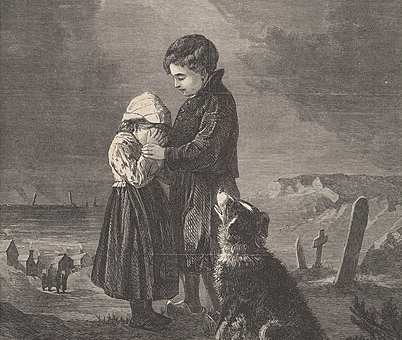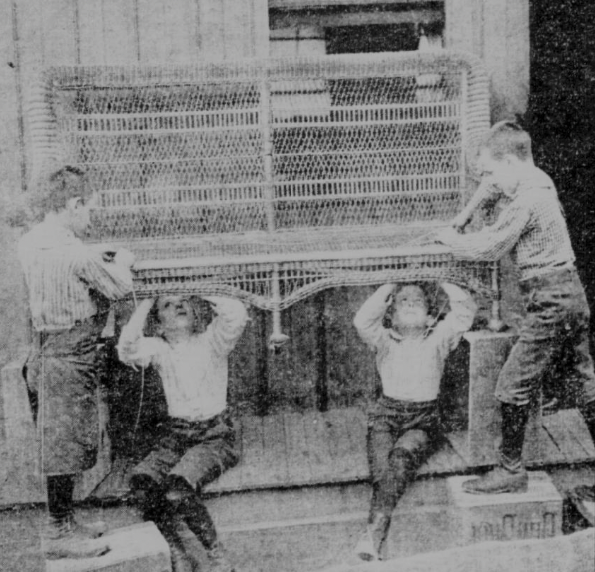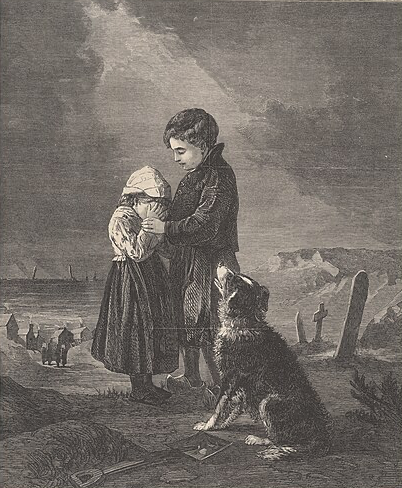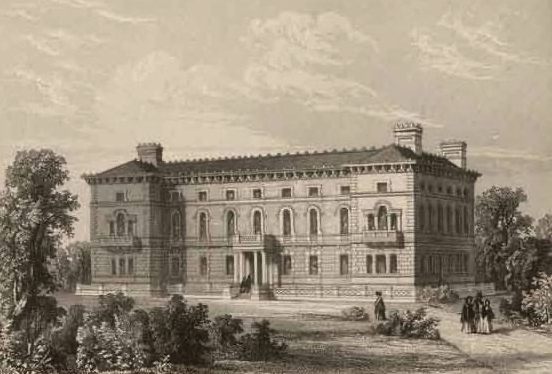
The lives of orphaned children in Victorian England were often grim and challenging, marked by poverty, neglect, and lack of opportunities.
During the Victorian era, which spanned from 1837 to 1901 under the reign of Queen Victoria, societal changes and industrial growth led to stark contrasts between wealth and poverty.
1. Workhouses
Many orphaned children ended up in workhouses, institutions that were part of the Poor Law system established to provide for the destitute.
Life in the workhouses was deliberately harsh to deter all but the most desperate from seeking help.
Children were often subject to hard labor, poor sanitation, and minimal education.
The conditions were intended to promote a regime of discipline and moral reform but often resulted in maltreatment and abuse.

2. Child Labor
Orphaned children frequently found themselves working from a very young age.
The Industrial Revolution saw children employed in factories, mines, and as chimney sweeps. The work was grueling, and safety regulations were virtually nonexistent, leading to high rates of accidents and chronic health problems.
3. Street Life
Those who escaped or avoided the workhouses often lived on the streets.
Street children survived by begging, stealing, or doing odd jobs. They faced constant threats from exploitation, disease, and hunger.
The urban environments were filthy and overcrowded, making them breeding grounds for disease.

4. Limited Education
Education was not a priority for orphaned children in Victorian England.
While some charity schools and Sunday schools existed, most orphaned children had little access to education. This lack of education perpetuated a cycle of poverty and limited their future employment opportunities.

5. Reform and Philanthropy
The plight of orphaned children began to change with growing public awareness and the efforts of social reformers.
Writers like Charles Dickens, whose own experiences of poverty and workhouse life influenced his novels, brought attention to the harsh realities faced by the poor and orphaned.
Philanthropic efforts led to the establishment of orphanages and reform schools aimed at providing care and vocational training.
By the end of the Victorian era, reforms had begun to improve the lives of orphaned children, but their early experiences reflected the severe social and economic inequalities of the time.

